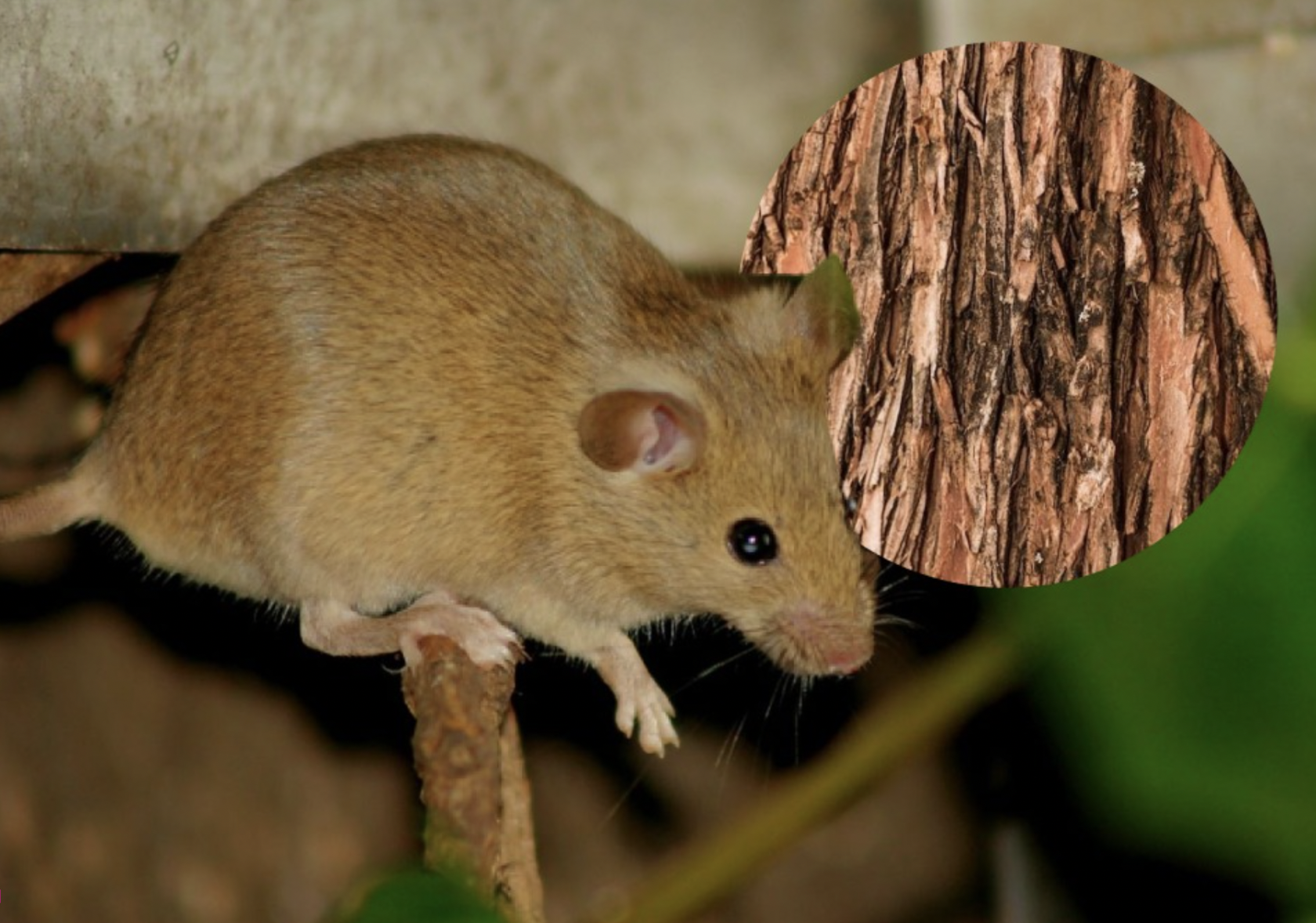MAYTENUS MACROCARPA “Chuchuhuasi” decrease the fertility and sperm quality in mice
MAYTENUS MACROCARPA “Chuchuhuasi” disminuye la calidad espermática y la fertilidad en ratones
DOI:
https://doi.org/10.25176/RFMH.v22i4.5115Keywords:
Spermatic parameters, Embryos classification, Aqueous extract, Fertility, Maytenus macrocarpaAbstract
Introduction: Maytenus macrocarpa (MM) "Chuchuhuasi" is a native plant from the Amazon region of South America, widely used in traditional medicine due its anti-inflammatory, analgesic and anti-tumor properties. However, its effects on reproductive physiology and male fertility have not been elucidated.
Methods: Preclinical experimental study of cases and controls. Male mice with eight weeks from birth were administered orally for 70 days (two spermatogenic cycles) an aqueous extract MM: GC (n = 8) 0 mg / kg body weight (bw) control group and treated group GT (n = 8) 1000 mg / kg bw. Later the animals were euthanized, the reproductive organs were weighted, also motility and sperm count were recorded. During the days 60 or 65 of treatment, males were mated and pregnant females were sacrificed in the fourth day of pregnancy for evaluating development, quality and degree of blastulation.
Results: The weights of reproductive organs did not differ significantly between the two groups (p> 0.05). However, progressive motility (32.81 vs. 15.27 ± 4.17% ± 2.08%) and sperm count (7.75 ± 0.34 x 106 / ml vs. 2.56 ± 0.42 x 106 / ml) decreased significantly between GC and GT, respectively. 87.5% (7/8) of the pregnant mice produced 15 litters (GC) and only 50% (4/8) of the pregnant GT yields 4 litters. However, no significant differences were found in the percentage of blastocyst stage embryos, good quality embryos, or embryos with greater than 50% the size of the embryo between the two groups (p> 0.05) blastoceles.
Conclusion: the aqueous extract of Maytenus macrocarpa (1000 mg/kl) could have possesses anti-reproductive action in male mice.
Downloads

Downloads
Published
How to Cite
Issue
Section
License
Copyright (c) 2022 Revista de la Facultad de Medicina Humana

This work is licensed under a Creative Commons Attribution 4.0 International License.



































